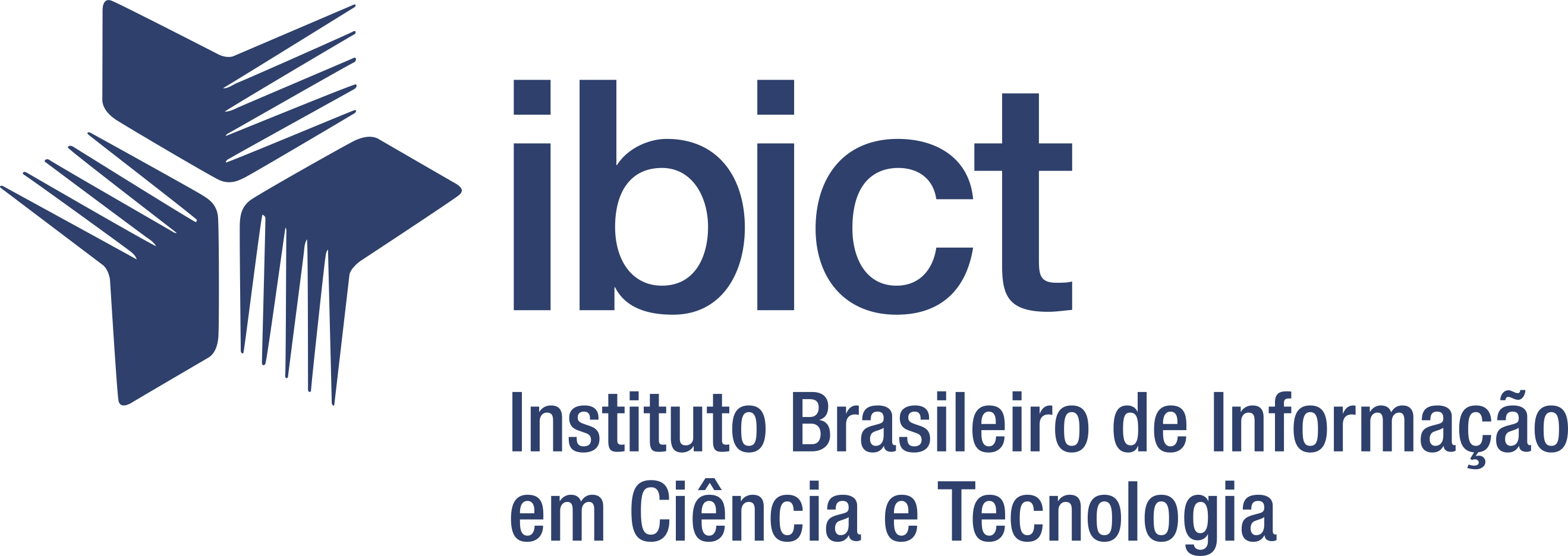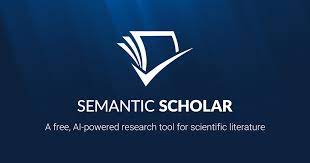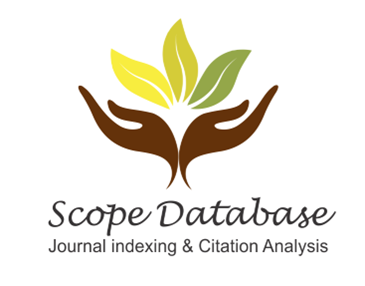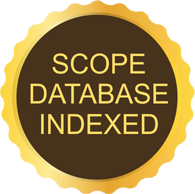USO DE INTELIGENCIA ARTIFICIAL EN EL DIAGNÓSTICO DE ENFERMEDADES NEURODEGENERATIVAS: UNA REVISIÓN INTEGRATIVA
DOI:
https://doi.org/10.53612/recisatec.v2i10.196Palabras clave:
Inteligencia artificial; Neurodegenerativo; Diagnóstico.Resumen
Las enfermedades neurodegenerativas (ND) son enfermedades debilitantes e incurables que causan la pérdida progresiva e irreversible de neuronas y otras células cerebrales, y provocan cambios funcionales en el sistema nervioso central (SNC), afectando el movimiento y la función corporal. Esta investigación tiene como objetivo describir el uso de la inteligencia artificial (IA) en el diagnóstico de enfermedades neurodegenerativas. Se trata de una investigación descriptiva del tipo revisión integrativa de la literatura. La búsqueda se realizó a través del acceso en línea a la base de datos de la Biblioteca Virtual en Salud (BVS), indexada en la base de datos Medical Literature Analysis and Retrieval System Online (MEDLINE). Para la búsqueda de los trabajos se utilizaron las palabras clave presentes en los Medical Subject Headings (MeSH), que fueron: Inteligencia artificial AND Neurodegenerative AND Diagnóstico. Los resultados mostraron que las herramientas de IA más utilizadas en el diagnóstico de enfermedades neurodegenerativas son los biomarcadores de imagen (tomografía por emisión de positrones (PET) y tomografía computarizada por emisión de fotón único (SPECT), además del diseño asistido por computadora (CAD), aprendizaje automático , en inglés – Machine Learning (ML), uso de aplicaciones de Deep Learning (DL) Se concluyó que la IA es una herramienta importante para el diagnóstico de enfermedades neurodegenerativas, pues, como se demuestra en la literatura, la inteligencia artificial reduce tiempos, mejora la precisión y fiabilidad del diagnóstico de enfermedades neurodegenerativas.
Descargas
Citas
BELIĆ, Minja et al. Artificial intelligence for assisting diagnostics and assessment of Parkinson’s disease - A review. Clinical neurology and neurosurgery, v. 184, p. 105442, 2019. Disponível em: https://doi.org/10.1016/j.clineuro.2019.105442. Acesso em: 28 abr. 2022. DOI: https://doi.org/10.1016/j.clineuro.2019.105442
BRZEZICKI, Maksymilian A. et al. Diagnostic accuracy of frontotemporal dementia. An artificial intelligence-powered study of symptoms, imaging and clinical judgement. Advances in Medical Sciences, v. 64, n. 2, p. 292-302, 2019. Disponível em: https://doi.org/10.1016/j.advms.2019.03.002. Acesso em: 28 abr. 2022. DOI: https://doi.org/10.1016/j.advms.2019.03.002
CAI, Zhennao et al. An intelligent Parkinson’s disease diagnostic system based on a chaotic bacterial foraging optimization enhanced fuzzy KNN approach. Computational and mathematical methods in medicine, v. 2018, 2018. Disponível em: https://doi.org/10.1155/2018/2396952. Acesso em: 28 abr. 2022. DOI: https://doi.org/10.1155/2018/2396952
CHANG, Chun-Hung; LIN, Chieh-Hsin; LANE, Hsien-Yuan. Machine learning and novel biomarkers for the diagnosis of Alzheimer’s disease. International Journal of Molecular Sciences, v. 22, n. 5, p. 2761, 2021. Disponível em: https://doi.org/10.3390/ijms22052761. Acesso em: 28 abr. 2022. DOI: https://doi.org/10.3390/ijms22052761
GIANNAKOPOULOU, Konstantina-Maria; ROUSSAKI, Ioanna; DEMESTICHAS, Konstantinos. Internet of Things Technologies and Machine Learning Methods for Parkinson’s Disease Diagnosis, Monitoring and Management: A Systematic Review. Sensors, v. 22, n. 5, p. 1799, 2022. Disponível em: https://doi.org/10.3390/s22051799. Acesso em: 28 abr. 2022. DOI: https://doi.org/10.3390/s22051799
LIU, Xiaonan et al. Use of multimodality imaging and artificial intelligence for diagnosis and prognosis of early stages of Alzheimer's disease. Translational Research, v. 194, p. 56-67, 2018. Disponível em: https://doi.org/10.1016/j.trsl.2018.01.001. Acesso em: 28 abr. 2022. DOI: https://doi.org/10.1016/j.trsl.2018.01.001
LOH, Hui Wen et al. Application of deep learning models for automated identification of Parkinson’s disease: a review (2011–2021). Sensors, v. 21, n. 21, p. 7034, 2021. Disponível em: https://doi.org/10.3390/s21217034. Acesso em: 28 abr. 2022. DOI: https://doi.org/10.3390/s21217034
MENDES, Karina Dal Sasso; SILVEIRA, Renata Cristina de Campos Pereira; GALVÃO, Cristina Maria. Uso de gerenciador de referências bibliográficas na seleção dos estudos primários em revisão integrativa. Texto & Contexto-Enfermagem, v. 28, 2019. Disponível em: https://www.scielo.br/j/tce/a/HZD4WwnbqL8t7YZpdWSjypj/?format=html&lang=pt. Acesso em: 28 abr. 2022.
MYSZCZYNSKA, Monika A. et al. Applications of machine learning to diagnosis and treatment of neurodegenerative diseases. Nature Reviews Neurology, v. 16, n. 8, p. 440-456, 2020. Disponível em: https://doi.org/10.1038/s41582-020-0377-8. Acesso em: 28 abr. 2022. DOI: https://doi.org/10.1038/s41582-020-0377-8
SILVA-SPÍNOLA, Anuschka et al. The road to personalized medicine in Alzheimer’s disease: The use of artificial intelligence. Biomedicines, v. 10, n. 2, p. 315, 2022. Disponível em: https://doi.org/10.3390/biomedicines10020315. Acesso em: 28 abr. 2022. DOI: https://doi.org/10.3390/biomedicines10020315
TAUTAN, Alexandra-Maria; IONESCU, Bogdan; SANTARNECCHI, Emiliano. Artificial intelligence in neurodegenerative diseases: A review of available tools with a focus on machine learning techniques. Artificial Intelligence in Medicine, v. 117, p. 102081, 2021. Disponível em: https://doi.org/10.1016/j.artmed.2021.102081. Acesso em: 28 abr. 2022. DOI: https://doi.org/10.1016/j.artmed.2021.102081
VITALE, Annalisa et al. Artificial intelligence applied to neuroimaging data in Parkinsonian syndromes: Actuality and expectations. Math. Biosci. Eng, v. 18, p. 1753-1773, 2021. Disponível em: http://www.aimspress.com/journal/MBE. Acesso em: 28 abr. 2022. DOI: https://doi.org/10.3934/mbe.2021091
XU, Jingjing; ZHANG, Minming. Use of magnetic resonance imaging and artificial intelligence in studies of diagnosis of Parkinson’s disease. ACS chemical neuroscience, v. 10, n. 6, p. 2658-2667, 2019. Disponível em: https://pubs.acs.org/doi/pdf/10.1021/acschemneuro.9b00207. Acesso em: 28 abr. 2022. DOI: https://doi.org/10.1021/acschemneuro.9b00207
Descargas
Publicado
Cómo citar
Número
Sección
Categorías
Licencia
Derechos de autor 2022 RECISATEC - REVISTA CIENTÍFICA SALUD Y TECNOLOGÍA

Esta obra está bajo una licencia internacional Creative Commons Atribución 4.0.
Os direitos autorais dos artigos/resenhas/TCCs publicados pertecem à revista RECISATEC, e seguem o padrão Creative Commons (CC BY 4.0), permitindo a cópia ou reprodução, desde que cite a fonte e respeite os direitos dos autores e contenham menção aos mesmos nos créditos. Toda e qualquer obra publicada na revista, seu conteúdo é de responsabilidade dos autores, cabendo a RECISATEC apenas ser o veículo de divulgação, seguindo os padrões nacionais e internacionais de publicação.





















































